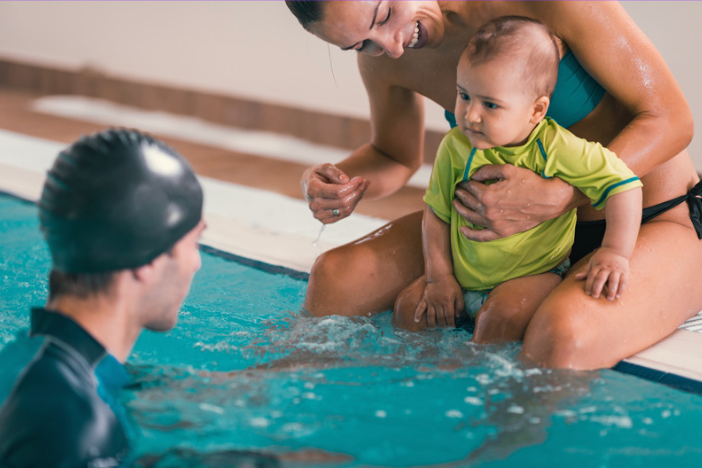The Parent–Instructor Partnership: How to Support Your Child’s Swim Journey
- Kelly MacDonald

- 1 day ago
- 3 min read
How parents and instructors can work together for smoother, more successful swim experiences.

Welcome to the Marlin Swim Academy blog! We’re excited to use this space to share tips, insight, and honest conversations that support your child’s journey in the water, and help you feel more connected every step of the way.
As the next swim session quickly approaches, we’re kicking off this series with a topic we think is essential to creating a positive swim experience: clear communication and healthy expectations.
Swim Lessons Are a Team Effort
Each swim session is a three-way partnership between your child, their instructor, and you. Instructors come equipped with training, experience, and a real heart for helping kids feel safe and confident in the water. Parents come with something equally valuable: insight into their child’s emotions, history, and goals.
The best outcomes happen when these two perspectives come together early and consistently.
Start with a Conversation
We always encourage parents to check in with instructors at the beginning of a session, not just at the end. The start is where you can:
Share your goals (“I’d love for him to be more confident in deep water.”)
Set expectations (“We’re just looking for fun and consistency this summer.”)
Ask questions (“What can we do at home to help reach our goal?”)
When expectations are clear from the start, it helps avoid misunderstandings later—especially around assessments and level progressions.
Progress Is Not Linear
Learning to swim isn’t like playing a game. There’s no scoreboard, no halftime, no trophy. It’s a life skill, and every child learns differently. Some need more time to trust the water. Some advance quickly in one skill and plateau in another.
Just because a child doesn’t pass a level doesn’t mean they didn’t work hard or improve. In fact, the biggest gains often come right after a child “stalls out.”
This is normal. This is expected. And this is okay.
A Word on Level Progress
We’ve seen a wide range of reactions from families when their child doesn’t pass a level -everything from relief (“Whew, I knew she wasn’t ready yet”) to frustration or surprise. These feelings are completely valid.
What’s important to remember is that swim levels are designed as checkpoints, not finish lines or final grades. They help track where a swimmer is right now, and what they need next to build confidence and safety.
In some cases, families might feel discouraged and decide to pause lessons, especially if they weren’t expecting a “not yet” at the end of the session. Others may want to switch instructors, thinking a different approach will lead to faster results. While these choices come from a place of love and wanting the best for your child, we encourage families to consider the big picture.
When we treat swim skills like math or reading skills—built over time, with support, at each child’s own pace. We create swimmers who are not only capable, but confident.
What You Can Do
Communicate early: Start each session by sharing goals and asking questions.
Stay involved: Check in every couple of classes, not just at the end.
Celebrate effort: Progress comes in many forms, not just level badges.
Stay the course: Your child’s long-term safety and skill development are worth it.
We’re here to support you and your swimmer, every step of the way. If you ever have questions or need help understanding your child’s progress, don’t hesitate to reach out. We’re always happy to chat—and even happier when we’re working together.
Thanks for being part of the Marlin Swim Academy family. We’ll see you next month for another blog post!
Comments